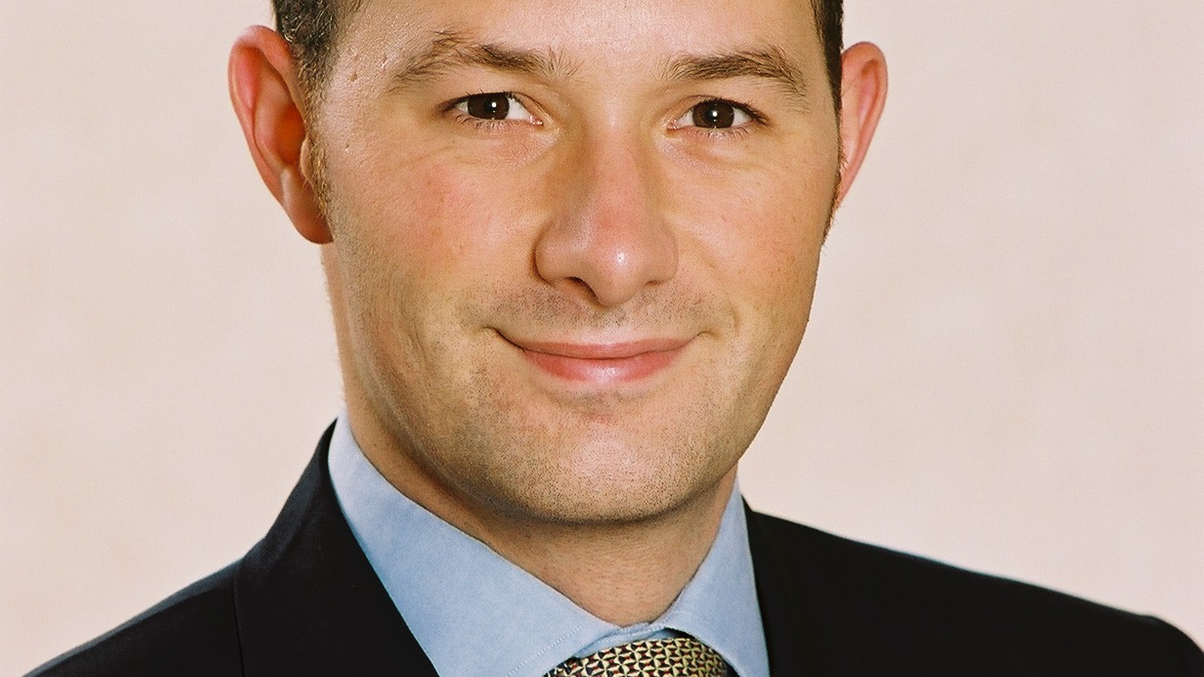JP Morgan AM refits old Asia balanced fund
The firm is marketing a remodelled Asia ex-Japan multi-asset income fund largely for retail investors that allocates dynamically between equities and bonds.

JP Morgan Asset Management has started marketing an Asia-Pacific income fund to retail investors that it converted from one of its old balanced funds.
Sign in to read on!
Registered users get 2 free articles in 30 days.
Subscribers have full unlimited access to AsianInvestor
Not signed up? New users get 2 free articles per month, plus a 7-day unlimited free trial.
¬ Haymarket Media Limited. All rights reserved.


